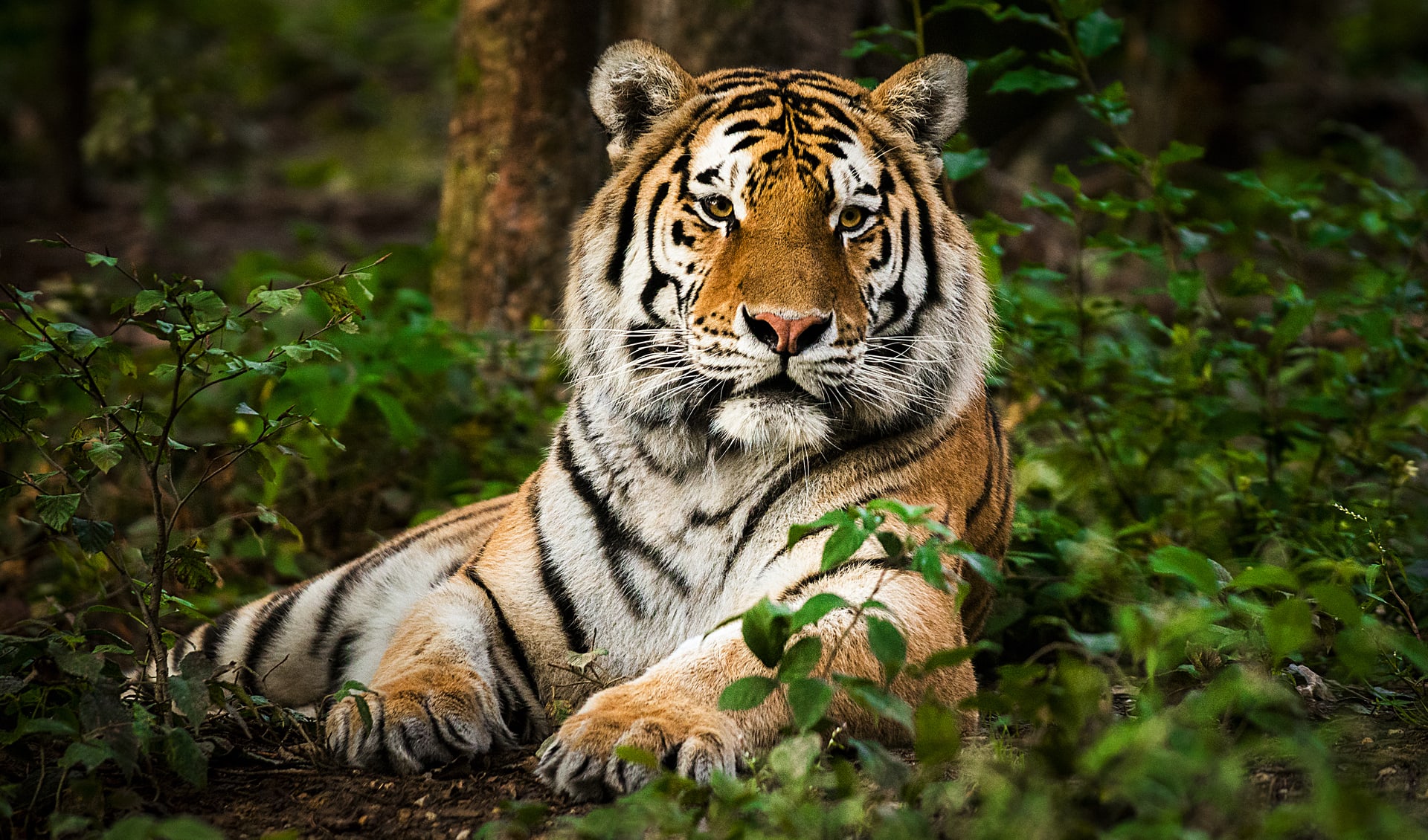Often referred to as the “snake bird” due to its distinctive appearance, the Anhinga is a fascinating aquatic bird recognized for its unique swimming technique. Found in freshwater and brackish water bodies along the coasts of North America, including the southwest USA and Mexico, as well as in Central and South America, this large waterbird exhibits remarkable adaptability to diverse environments.
The Anhinga’s most remarkable feature is its intriguing hunting strategy. Skimming the water with only its long neck and head visible, it mimics the look of a serpent as it swims. With a swift and precise motion, it employs its lengthy and sharp bill to jab at slow-moving fish, catching them rapidly. Following the catch, the Anhinga flips its prey above the water and swallows it head-first, showcasing an efficient and distinctive feeding behavior.
During the breeding season, Anhingas exhibit elaborate courtship displays, forming enduring pair bonds that can last for years. Both male and female birds actively participate in caring for the clutch of 2-5 eggs, demonstrating a strong sense of partnership and parental responsibility. This intricate combination of unique behaviors and adaptability underscores the remarkable nature of the Anhinga in the avian world.
Distribution
 Antigua & Barbuda
Antigua & Barbuda Argentina
Argentina Bahamas
Bahamas Barbados
Barbados Belize
Belize Bolivia
Bolivia Brazil
Brazil Canada
Canada Cayman Islands
Cayman Islands Colombia
Colombia Costa Rica
Costa Rica Cuba
Cuba Dominica
Dominica Dominican Republic
Dominican Republic Ecuador
Ecuador El Salvador
El Salvador French Guiana
French Guiana Grenada
Grenada Guadeloupe
Guadeloupe Guatemala
Guatemala Guyana
Guyana Haiti
Haiti Honduras
Honduras Jamaica
Jamaica Martinique
Martinique Mexico
Mexico Montserrat
Montserrat Nicaragua
Nicaragua Panama
Panama Paraguay
Paraguay Peru
Peru Saint Lucia
Saint Lucia Saint Vincent
Saint Vincent St. Kitts & Nevis
St. Kitts & Nevis Suriname
Suriname Trinidad & Tobago
Trinidad & Tobago Turks & Caicos
Turks & Caicos United States
United States Uruguay
Uruguay Venezuela
VenezuelaAnything we've missed?
Help us improve this page by suggesting edits. Glory never dies!
Suggest an editGet to know me
Terrestrial / Aquatic
Altricial / Precocial
Polygamous / Monogamous
Dimorphic (size) / Monomorphic
Active: Diurnal / Nocturnal
Social behavior: Solitary / Pack / Herd
Diet: Carnivore / Herbivore / Omnivore / Piscivorous / Insectivore
Migratory: Yes / No
Domesticated: Yes / No
Dangerous: Yes / No





